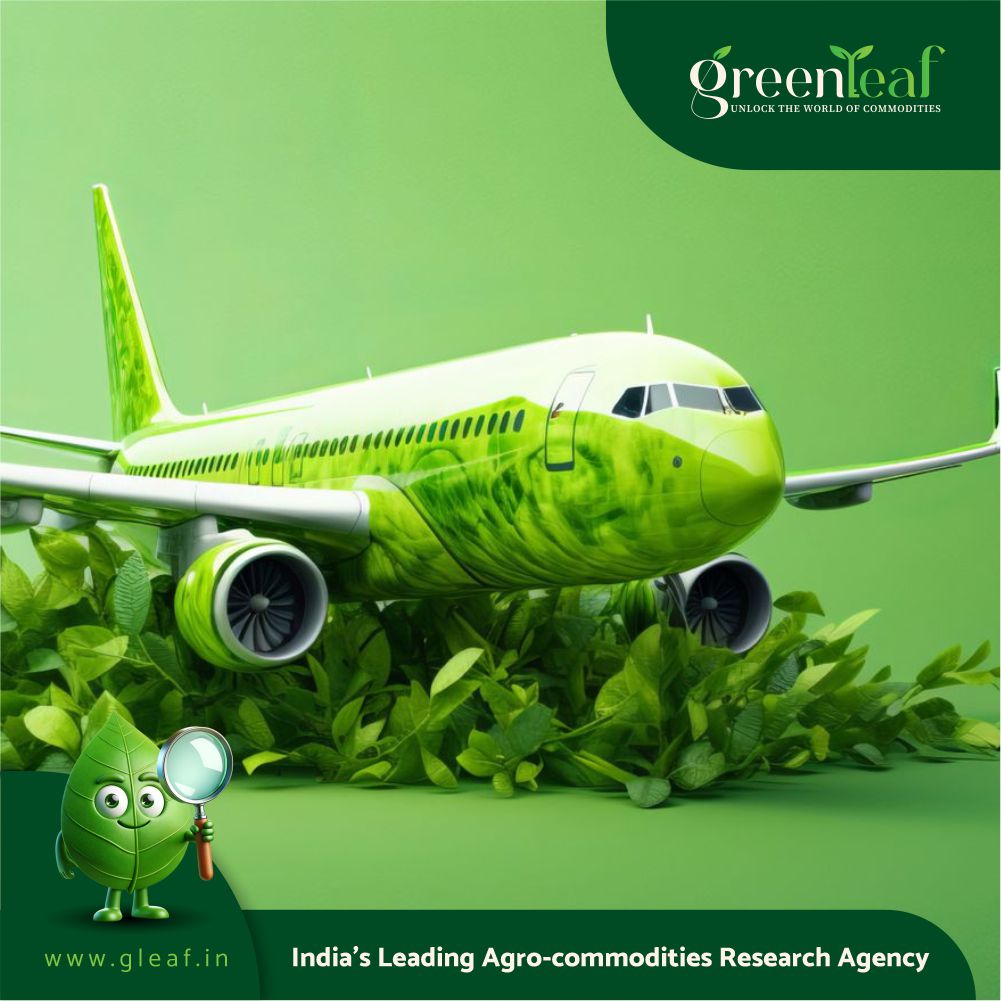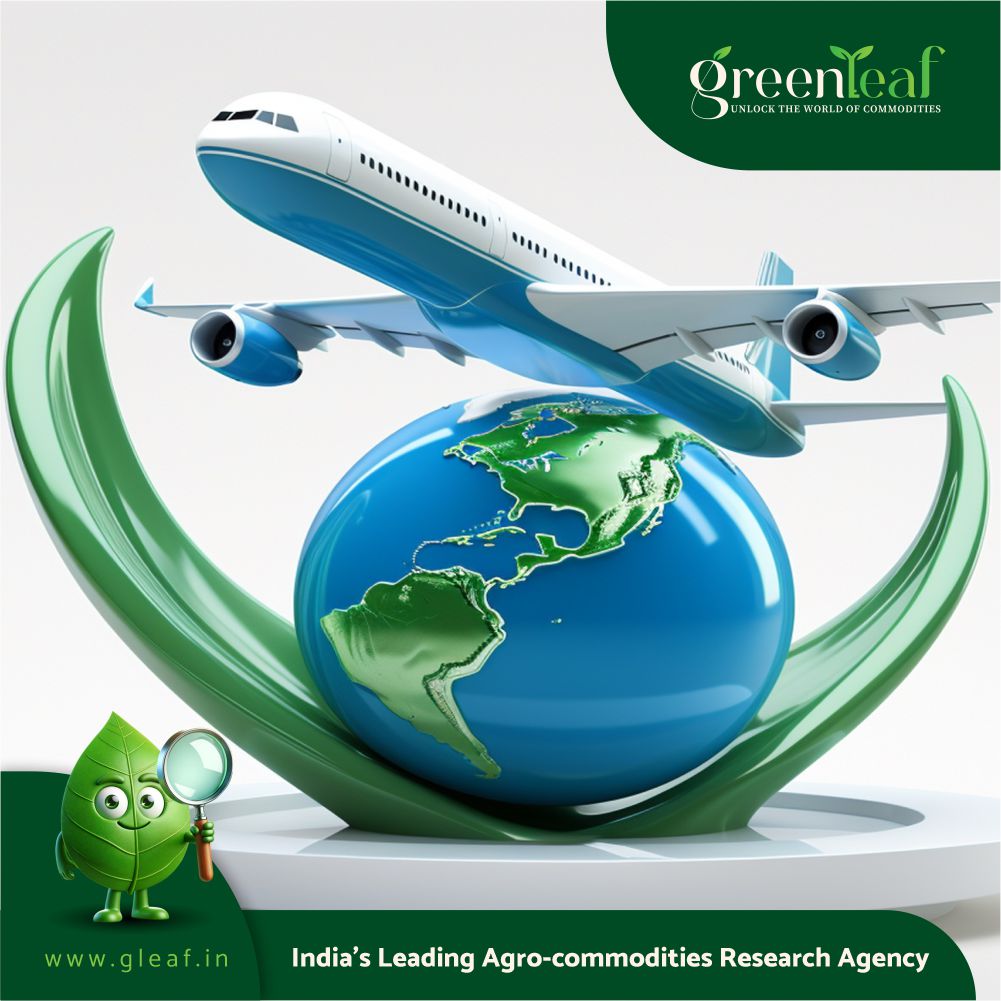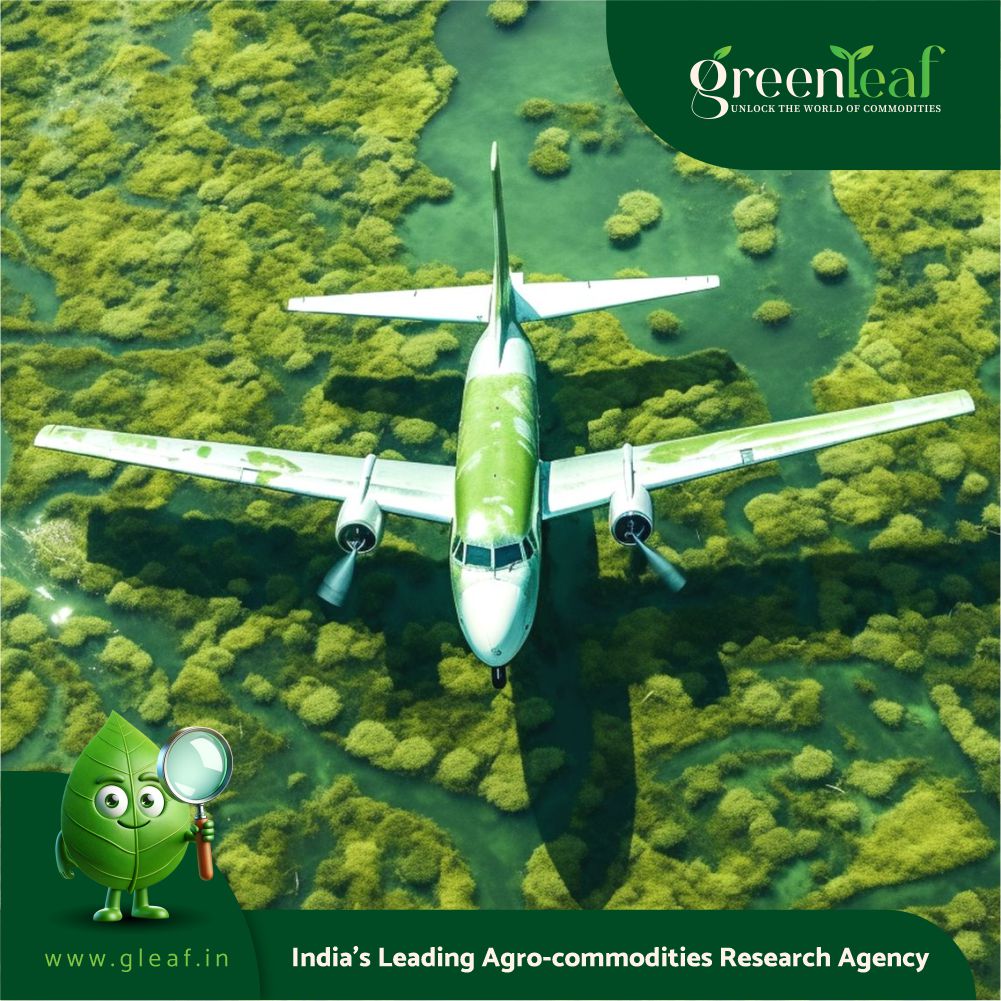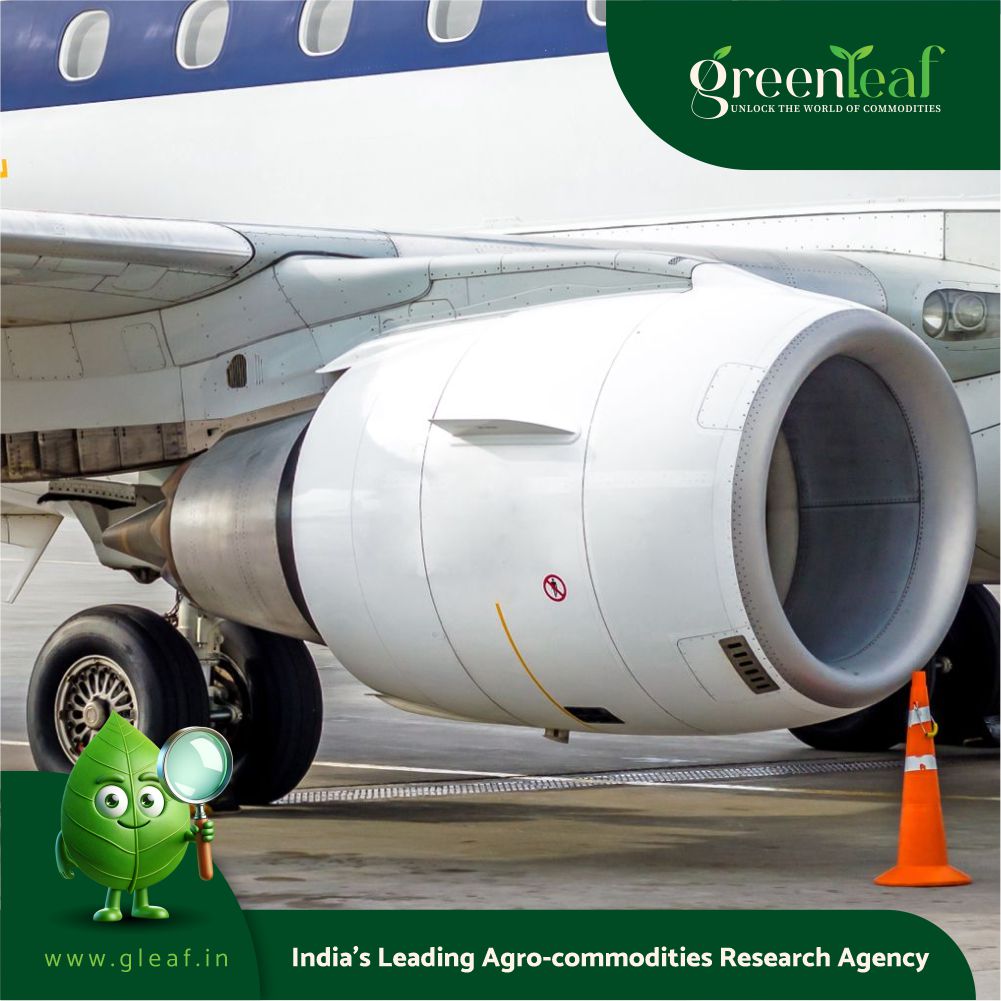India’s aviation sector is at a pivotal moment as it faces the dual challenge of supporting the country’s rapid economic growth while reducing its carbon footprint. The nation’s commitment to achieving Net Zero emissions by 2070 has already set the stage for an ambitious green future.
However, as Ranjit Kulkarni, Vice President & General Manager of Energy and Sustainability Solutions at Honeywell India, highlights, “one of the pressing concerns in this journey is the extensive use of fossil fuels, which contribute significantly to emissions.” In 2022 alone, India produced a staggering 2.7 billion metric tons of CO2, with the aviation industry accounting for about 1.5% of this total. As the country’s aviation sector continues to expand, this figure is expected to grow, making decarbonization a critical priority.
The role of Sustainable Aviation Fuel (SAF)
A key solution to decarbonizing the aviation industry is Sustainable Aviation Fuel (SAF). According to Kulkarni, SAF “holds immense potential as a drop-in replacement for conventional jet fuel and offers significant reductions in carbon emissions.” SAF is a renewable fuel made from non-food feedstocks like used vegetable oils, animal fats, and biomass, and can reduce greenhouse gas emissions by up to 80% compared to traditional kerosene-based jet fuel. It has been tested extensively and is already being used in commercial flights, with over 500,000 flights powered by SAF to date. SAF’s adoption would help India meet its climate goals while supporting the continued growth of the aviation industry.
The good news is that “green solutions for the space, such as SAF, advanced avionics, and energy-efficient systems, are already being deployed or are in advanced stages of development and commercialization,” as Kulkarni explains. These innovations represent a tangible path forward, but significant challenges remain, particularly the cost of SAF production, which is currently three to four times higher than traditional jet fuel. For India, a price-sensitive market, this presents a considerable hurdle.
Overcoming the cost barrier
While SAF presents a promising avenue for decarbonization, the economic feasibility of scaling its production is a key concern. Kulkarni notes that even though the resources for second-generation ethanol (a key feedstock for SAF) are abundant, “the cost of producing it is 3.3 times the price of SAF.” This cost disparity poses a challenge to scaling SAF production in India. Reducing production costs is essential for making SAF more affordable and competitive with conventional fuels.
To address these challenges, Kulkarni emphasizes the importance of “a localized approach, particularly for price-sensitive markets like India.” By developing India-specific solutions, from feedstock selection to production processes, the aviation industry can reduce the financial burden of adopting SAF. Local innovation—such as optimizing agricultural residues, ethanol production, and biomass—could drive down costs while simultaneously boosting India’s energy security. This “India for India” strategy, which focuses on harnessing locally available resources, will be crucial in ensuring that India can produce SAF at scale.
The potential for domestic SAF production
India has the potential to become a leader in SAF production, thanks to its abundant agricultural resources. Kulkarni highlights that “India has the potential to produce 8-10 million tons of SAF per annum utilizing its domestic feedstock,” primarily through agricultural residues, biomass, and ethanol. This would not only reduce the country’s carbon emissions but also enhance rural economies by creating new markets for agricultural waste and increasing demand for sustainable farming practices.
However, Kulkarni warns that “to mitigate this, there is a pressing need to utilize locally available feedstocks efficiently.” India will need to develop innovative methods for collecting and processing agricultural residues, municipal waste, and other feedstocks to ensure a sustainable and cost-effective supply of SAF. Moreover, policies that incentivize sustainable farming and waste management practices will be crucial to building a robust feedstock supply chain.
A holistic approach to decarbonization
Achieving net-zero emissions in aviation will require more than just the adoption of SAF. Kulkarni stresses that “decarbonization is the need of the hour, but the affordability of the solutions sets the pace and a realistic view on when we are likely to meet our targets.” A combination of technological innovations, operational efficiencies, and policy support will be necessary to reduce the aviation sector’s emissions. Alongside SAF, strategies such as fleet renewal, optimized flight paths, and energy-efficient aircraft systems will be essential for reducing fuel consumption.
Improving air traffic operations to minimize delays and congestion, as well as utilizing renewable energy for ground operations at airports, are also critical components of the decarbonization strategy. Kulkarni notes that airlines will need to “maximize renewable energy uses while on the land during idling and ground operations,” which could help reduce emissions during the aircraft’s time on the ground.
Government and industry collaboration
The Indian government is already taking steps toward a greener aviation future, with a target to achieve 10% SAF blending with conventional jet fuel by 2030. However, Kulkarni highlights that “more robust government policies and initiatives” are needed to accelerate this transition. This includes creating financial incentives for SAF production, improving regulations for sustainable aviation, and fostering public-private partnerships to support research and development.
The commitment of the global aviation industry to achieve net-zero emissions by 2050, in line with the International Civil Aviation Organization’s (ICAO) Long-Term Aspirational Goal (LTAG), reflects a shared vision for a sustainable future. Kulkarni emphasizes that “collective action, coupled with the power of innovation, is necessary to pave the way for a sustainable and resilient aviation industry.”
A green future for India’s aviation industry
As India moves toward a greener future, the aviation sector’s role in achieving the country’s climate goals cannot be overstated. Kulkarni concludes that “the journey towards decarbonization is a collective responsibility—one that demands unwavering commitment and concerted efforts.” India’s aviation sector has the potential to lead the way in decarbonization, creating new economic opportunities, reducing carbon emissions, and improving sustainability across the industry.
By adopting sustainable aviation technologies, such as SAF, alongside other green solutions, India’s aviation industry can continue to soar while minimizing its environmental impact. With the right investments, innovation, and collaboration between governments, industry stakeholders, and research institutions, India can chart a course toward a greener, more sustainable aviation future.
















